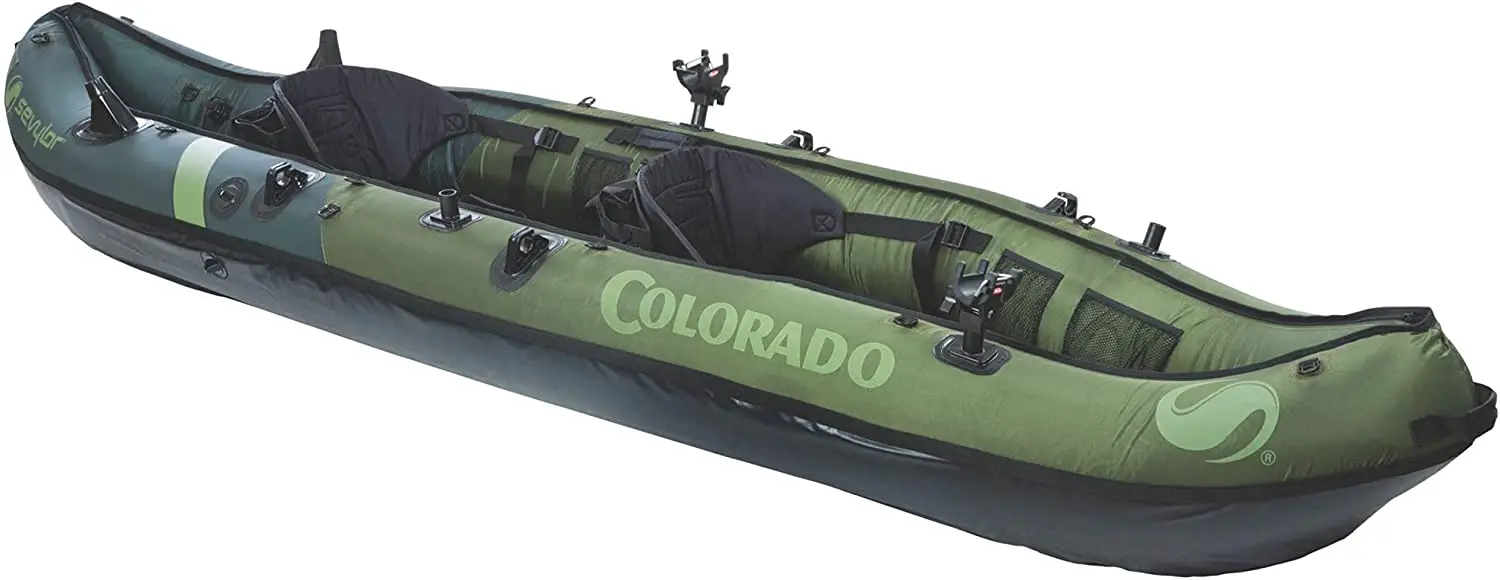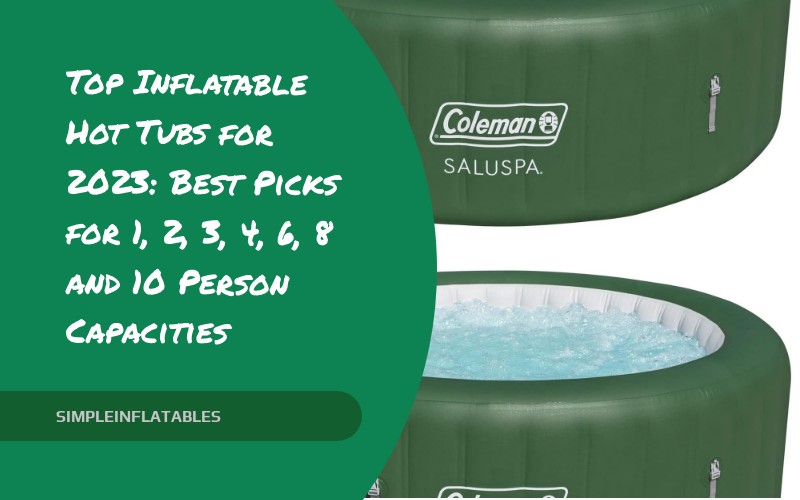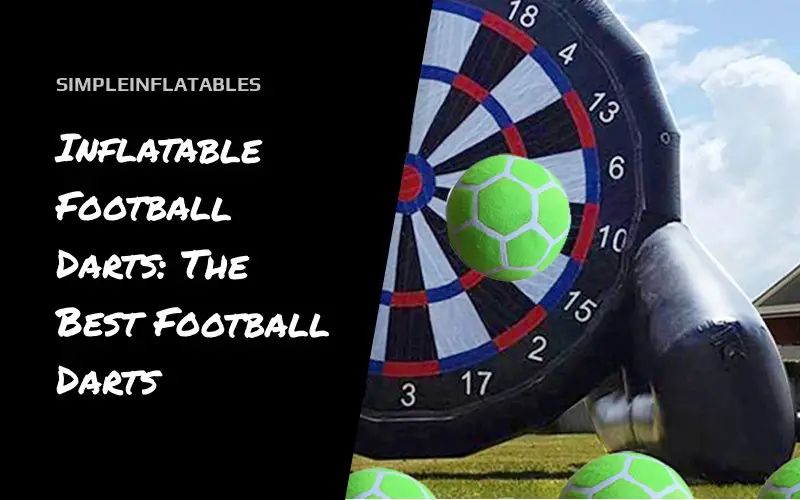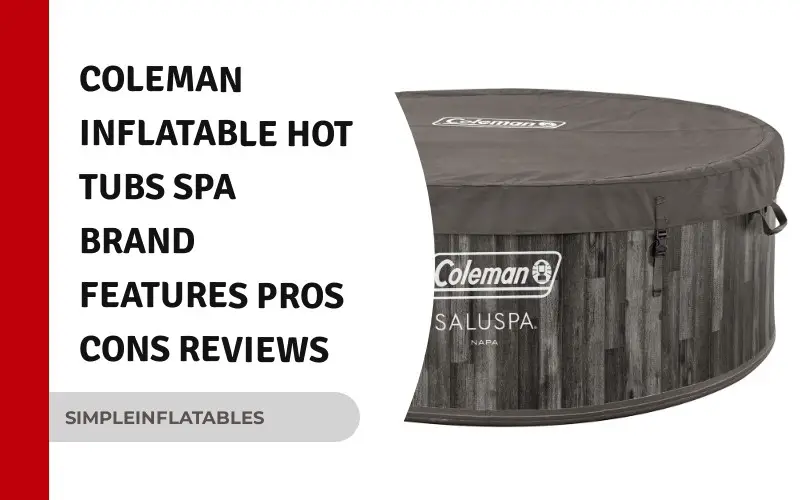What Makes 2 Person Inflatable Kayaks Perfect for Water Adventures
Two-person inflatable kayaks have revolutionized water sports by combining portability, affordability, and shared adventure experiences. Unlike traditional hard-shell kayaks, these lightweight vessels can be packed into a car trunk and assembled lakeside in minutes.
The tandem design allows couples, friends, or parents with children to paddle together, share the workload, and create memorable experiences on lakes, rivers, and calm coastal waters. Modern inflatable kayaks use military-grade materials that rival rigid kayaks in durability while offering superior storage convenience.
Whether you’re planning romantic sunset paddles, family fishing trips, or multi-day camping adventures, a quality 2-person inflatable kayak opens up endless possibilities for water exploration.
Top Benefits of Choosing an Inflatable Tandem Kayak
Unmatched Portability and Storage
Inflatable kayaks deflate to roughly the size of a large duffel bag, weighing between 25-35 pounds. This means no roof racks, no special vehicle requirements, and easy storage in apartments, garages, or closets. You can literally carry your kayak in a backpack for remote adventures.
Cost-Effective Water Sports Entry
Quality 2-person inflatable kayaks cost $200-$800, significantly less than comparable rigid tandem kayaks ($800-$2000+). This lower barrier to entry makes water sports accessible to more families and casual paddlers.
Enhanced Stability for Beginners
The wide beam design (typically 34-38 inches) of tandem inflatables provides exceptional stability, making them ideal for nervous beginners, children, or anyone concerned about tipping. The air chambers create natural buoyancy that’s forgiving of weight shifts.
Versatile Seating Configurations
Most models offer flexible seating arrangements – paddle tandem, solo from the center, or even fish from a stationary position. Removable seats allow customization based on paddler height and preference.
Minimal Maintenance Requirements
Unlike wood or fiberglass kayaks, inflatables require minimal upkeep. Simply rinse with fresh water, dry completely, and store. No waxing, sanding, or winter storage concerns.
Top 5 Best 2-Person Inflatable Kayaks for 2025
1. Advanced Elements AdvancedFrame Convertible Elite – Best Overall Performance
Price Range: $500-$600 | Weight Capacity: 550 lbs | Weight: 42 lbs
The AdvancedFrame Convertible Elite features “long waterline and chines, which help enhance speed, tracking and edging ability” making it ideal for serious paddlers who want near-rigid kayak performance. The aluminum frame construction provides excellent rigidity while maintaining packability.
Key Features:
- Rigid aluminum bow and stern frames for superior tracking
- Convertible design (solo or tandem seating)
- High-quality materials with reinforced hull
- Adjustable padded seats with lumbar support
- Excellent for intermediate to advanced paddlers
Best For: Couples seeking performance and durability for regular use, longer expeditions, and varied water conditions.
2. Sea Eagle SE370 – Best Value for Families
Price Range: $349-$399 | Weight Capacity: 650 lbs | Weight: 32 lbs
The Sea Eagle SE370 combines “size, affordability, portability, easy to setup, easy to breakdown, easy to store” making it America’s most popular recreational inflatable kayak. Built with puncture-resistant materials and backed by a 3-year warranty.
Key Features:
- Massive 650 lb weight capacity accommodates gear and children
- Quick setup in under 8 minutes
- Reinforced bottom for durability
- Spacious cockpit with multiple seating positions
- Excellent stability for beginners
Best For: Families with children, recreational paddlers, and those wanting maximum capacity for gear and passengers.
3. Intex Challenger K2 – Best Budget Option
Price Range: $150-$200 | Weight Capacity: 400 lbs | Weight: 27.5 lbs
The Intex Challenger K2 is “good for easy set up and transport” with “surprisingly streamlined design that even first-timers will do ok paddling along”. Despite its budget price, it offers reliable performance for casual use.
Key Features:
- Lightweight and ultra-portable design
- Bright graphics for visibility and safety
- Inflatable I-beam floor for stability
- Includes aluminum oars and high-output pump
- Weighs just 27.5 pounds and packs smaller than most tandems
Best For: Budget-conscious buyers, occasional paddlers, and those new to kayaking who want to test the waters.
4. NRS Pike 12.6 Pro – Best for Fishing
Price Range: $800-$900 | Weight Capacity: 500 lbs | Weight: 35 lbs
The NRS Pike 12.6 Pro “blows up and assembles faster than any other” tested kayak while offering fishing-specific features that serious anglers demand.
Key Features:
- Lightning-fast setup with large valves
- Multiple fishing rod holders and tackle storage
- Stable platform design for standing while fishing
- Reinforced drop-stitch floor construction
- Premium materials with extended warranty
Best For: Fishing enthusiasts who want a stable platform with quick deployment and fishing-specific features.
5. BOTE Lono Aero – Best Premium Features
Price Range: $1,200-$1,500 | Weight Capacity: 500 lbs | Weight: 21.5 lbs
The BOTE Lono Aero comes “with more accessories than we know what to do with, and that excellent pedal drive” representing the pinnacle of inflatable kayak technology.
Key Features:
- Optional pedal drive system for hands-free propulsion
- Ultra-lightweight at just 21.5 pounds
- Premium drop-stitch construction throughout
- Extensive accessory ecosystem
- 2-year comprehensive warranty
Best For: Serious paddlers wanting the ultimate in convenience, performance, and innovative features who don’t mind premium pricing.
Essential Features to Look for in 2 Person Inflatable Kayaks
Construction Materials and Durability
Look for kayaks made from reinforced PVC, Hypalon, or drop-stitch construction. The best models use multiple air chambers (typically 3-4) so a single puncture won’t leave you stranded. Reinforced bottoms and puncture-resistant materials are crucial for rocky shorelines and underwater obstacles.
Weight Capacity and Dimensions
Most 2-person inflatables support 400-500+ pounds total capacity. Consider not just passenger weight but also gear, coolers, and fishing equipment. Length typically ranges from 10-12 feet, with longer models tracking better but being harder to transport.
Inflation and Setup Time
Quality models inflate in 5-10 minutes using included hand pumps or faster with electric pumps. Look for large Boston valves that prevent air loss during inflation and allow quick deflation.
Seat Comfort and Adjustability
Padded, adjustable seats with back support make long paddling sessions comfortable. Some premium models offer inflatable seats that conform to your body shape.
Included Accessories
Complete packages should include paddles, pump, repair kit, and carrying bag. Some include fishing rod holders, drink holders, and bungee storage systems.
How to Choose the Right Size and Style
Recreational vs. Touring Models
Recreational kayaks (10-11 feet) prioritize stability and ease of use, perfect for calm lakes and casual paddling. Touring models (11-12+ feet) offer better tracking and speed for longer distances and mild river conditions.
Weight Distribution Considerations
The heavier paddler should typically sit in the rear for better steering control. Consider each person’s paddling experience – placing the stronger paddler in back helps maintain direction.
Storage Space Requirements
Evaluate how much gear you’ll carry. Fishing enthusiasts need rod holders and tackle storage, while day-trippers might prioritize cooler space and dry bags.
Step-by-Step Setup and Inflation Guide
Before Your First Launch
- Choose the Right Location: Find a flat, debris-free area near the water for setup
- Lay Out Components: Unpack kayak, pump, paddles, and seats in an organized manner
- Check for Damage: Inspect the kayak for any shipping damage or wear before inflating
Proper Inflation Technique
- Start with Main Chambers: Inflate each air chamber to about 80% capacity first
- Add Floor Pressure: If your model has a drop-stitch floor, inflate it next
- Final Pressure Check: Top off all chambers to recommended PSI (typically 2-3 PSI)
- Test Firmness: The kayak should feel solid but have slight give when pressed firmly
Seating and Paddle Preparation
- Install Seats: Clip or strap seats according to manufacturer instructions
- Adjust for Comfort: Set seat backs and positions before launching
- Paddle Assembly: Connect paddle pieces and adjust length if applicable
Safety Tips for Tandem Kayaking
Essential Safety Gear
Always wear properly fitted personal flotation devices (PFDs) – this isn’t optional. Carry a whistle, dry bag for essentials, and know local regulations regarding required safety equipment.
Weather and Water Conditions
Check weather forecasts and water conditions before launching. Avoid kayaking in winds over 15 mph, thunderstorms, or water temperatures below 50°F without proper gear.
Communication and Coordination
Establish paddle timing and steering responsibilities before launching. The rear paddler typically steers, while both paddlers maintain rhythm. Practice getting back in the kayak from deep water before venturing far from shore.
Emergency Preparedness
Always file a float plan with someone on shore, carry emergency contact information in a waterproof container, and know your limits. Stay within swimming distance of shore until you’re experienced.
Maintenance and Storage Best Practices
After Each Use
Rinse your kayak with fresh water to remove salt, sand, and debris. Pay special attention to valves, seams, and the bottom surface where abrasion occurs most.
Proper Drying and Storage
Dry completely before storing to prevent mold and material degradation. Store in a cool, dry place away from direct sunlight and sharp objects. Avoid folding in the same places repeatedly.
Regular Inspection and Repair
Check seams, valves, and high-wear areas monthly during active use. Address small punctures immediately using the included repair kit – they’re easier to fix when small.
Seasonal Maintenance
Before extended storage, inflate slightly (about 50%) to prevent material from sticking together. Apply UV protectant if storing where sunlight exposure is unavoidable.
Troubleshooting Common Issues
Slow Leaks and Air Loss
If your kayak loses pressure overnight, check valve caps first – they’re the most common culprit. Use soapy water to identify pinhole leaks by looking for bubbles. Most slow leaks occur at seams and can be easily patched.
Difficult Inflation or Deflation
Valves can become clogged with sand or debris. Remove valve caps and clean threads with fresh water. If valves stick, gentle lubrication with valve lubricant (never petroleum-based products) helps.
Tracking and Steering Problems
Poor tracking usually indicates uneven weight distribution or incorrect inflation pressure. Ensure both air chambers have equal pressure and the heavier paddler sits in the rear position.
Paddle Coordination Challenges
New tandem teams often struggle with timing. Start with the rear paddler calling stroke timing. Practice in calm water before attempting challenging conditions.
Frequently Asked Questions
Q: How long do 2-person inflatable kayaks last? A: With proper care, quality inflatable kayaks last 5-10 years of regular use. UV exposure and improper storage are the main factors that reduce lifespan.
Q: Can inflatable kayaks handle whitewater or ocean conditions? A: Most recreational inflatable kayaks are designed for calm to mild water conditions. Specialized whitewater inflatables exist but require different construction and higher price points.
Q: What’s the maximum weight capacity I should actually use? A: Stay within 80% of stated capacity for best performance. This accounts for gear weight and maintains proper waterline for optimal paddling efficiency.
Q: Do I need special paddles for inflatable kayaks? A: Standard kayak paddles work fine, but lighter aluminum or carbon fiber paddles reduce fatigue. Some inflatables include adequate starter paddles, while others require separate purchase.
Q: How do I transport an inflatable kayak? A: When deflated, most fit in large duffel bags or dedicated roller bags. Inflated transport requires roof racks like rigid kayaks but isn’t recommended due to wind resistance and potential damage.
Q: Can I use an electric pump for faster inflation? A: Yes, 12V electric pumps significantly reduce setup time. Ensure the pump has proper pressure regulation to avoid over-inflation, which can damage seams.
Ready to Start Your Inflatable Kayak Adventure?
Two-person inflatable kayaks offer an unbeatable combination of convenience, affordability, and shared adventure opportunities. Whether you’re planning peaceful lake explorations, fishing expeditions, or introducing family members to paddling, these versatile vessels deliver experiences that create lasting memories.
The key to kayaking success lies in choosing the right model for your specific needs, understanding proper setup and safety procedures, and maintaining your investment through proper care. With the information in this guide, you’re equipped to make an informed decision and enjoy years of water adventures.
Take action today: Research specific models that match your budget and intended use, read verified customer reviews, and don’t forget to budget for essential accessories like quality paddles and safety gear. Your next great water adventure is just an inflation away.
Start comparing top-rated 2-person inflatable kayaks now and discover which model will become your gateway to endless water exploration possibilities.



